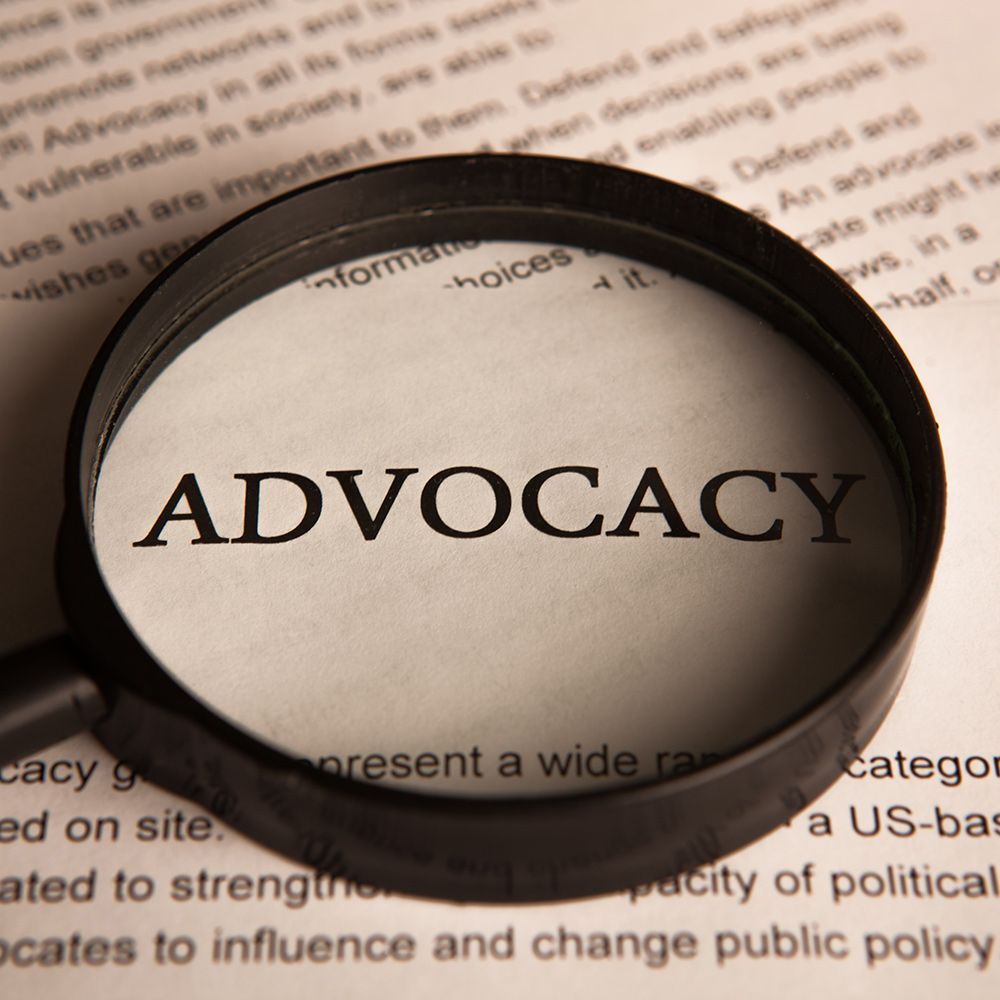Article
Psychosocial, Behavioral and Communication Issues Remain in Breast Cancer Trajectory
Author(s):
Enormous progress has been made in breast cancer, yet many challenges remain, according to Ann H. Partridge, M.D., MPH.
Enormous progress has been made in breast cancer, yet many challenges remain, according to Ann H. Partridge, M.D., MPH.
For example, diagnosis and treatment for the disease have come a long way, yet, in the trajectory of breast cancer, survivorship and those being treated for metastatic disease with symptom palliation may not remain a top priority.
“When we think about how we care for patients and how patients self-manage care for themselves, it is important to keep these buckets of time (during the breast cancer trajectory) in mind. Sometimes you need more or less attention or ways to seek out what you need because the health care system is not always designed to be there for you during some of this,” said Partridge, who is the founder and director of the Program for Young Women with Breast Cancer, director of the Adult Survivorship Program and a senior physician at Dana-Farber Cancer Institute.
At CURE’s patient-focused meeting, held in tandem with the 36th annual Miami Breast Cancer Conference, Partridge, who is also a professor of medicine at Harvard Medical School, discussed the psychosocial, behavioral and communication issues in breast cancer care from diagnosis to treatment and in to survivorship.
To start, Partridge discussed the “roller coaster of emotions” that a patient with breast cancer can experience, including isolation, anxiety, fear and anger. However, she offered a variety of ways that individuals can cope, such as:
- Seeking support either individually or in a group setting
- Acknowledging emotions
- Meditation and mindfulness
- Exercise
- Journaling
- Regaining a sense of control
- Education
- Spirituality
- Identifying, facing and talking about fears
- Accepting and exploring anger
- Finding a supportive listener
In addition, Partridge noted that appearance can be key. “Not having control over the way that you look can often be experienced as another loss that I find many breast cancer patients are struggling with,” she added. “The side effects of treatment can sometimes alter your physical appearance and it’s important to find ways to feel more comfortable about the way you look so that you can regain some sense of control over this.”
To do this, patients should focus on taking time for themselves, allowing time to adjust to changes in appearance, finding ways to feel more comfortable, and to consider participating in a “Look good, feel better” workshop offered at cancer centers.
Along the trajectory of a breast cancer journey, long-term relationships are an additional area affected. “Sometimes when in treatment for breast cancer it can be hard to focus on other aspects of your life because it can feel like the cancer really takes over,” Partridge said. “This sometimes can create tension in your relationships and it’s important to find ways to nurture these relationships so that they do not become strained as a result of your diagnosis.” Coping strategies can include keeping open communication, seeking support, trying to understand what it’s like for the other person and try creative intimacy.
In conjunction with long-term relationships, having discussions about a cancer diagnosis with children is of equal importance. With this Partridge recommended for open communication in a timely way; rehearsal of what will be said with another trusted individual; validation of any and all reactions; regular check-ins with children; sharing information with teachers, counselors or coaches; and taking advantage of resources at cancer centers and within the community.
Lastly, the help build one’s life outside of breast cancer, Partridge noted that men and women should create a daily structure, “even if you’re not working or your routine has not changed.” In addition, she recommended for patients and their loved ones to find something creative to do, set short- and long-term goals and to try something new.
“Enormous progress has been made yet many challenges remain as we work to beat breast cancer and optimize survivorship for each and every one of you,” Partridge said. “We need to do more and we need to communicate well. Awareness, action, trust and good communication are critical factors. Survivorship care is a three-way street between oncologists, primary care and other providers and with you.”
2 Commerce Drive
Cranbury, NJ 08512
All rights reserved.




